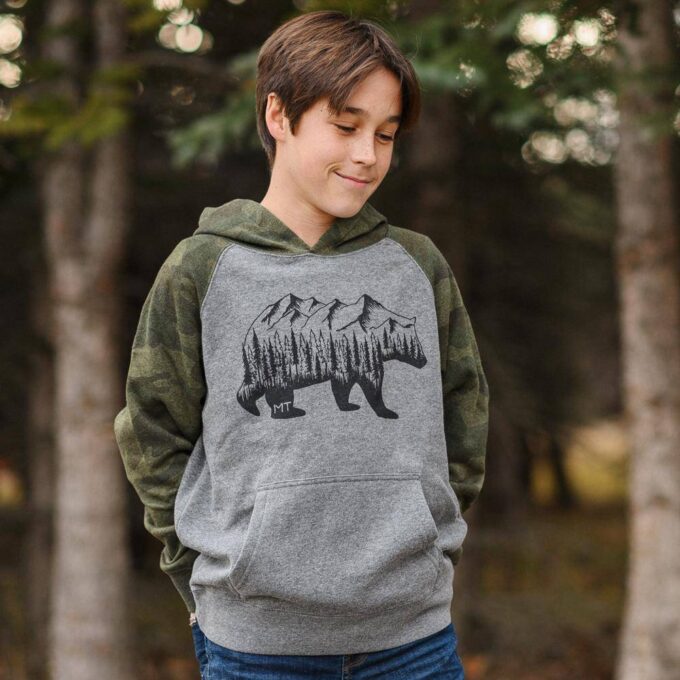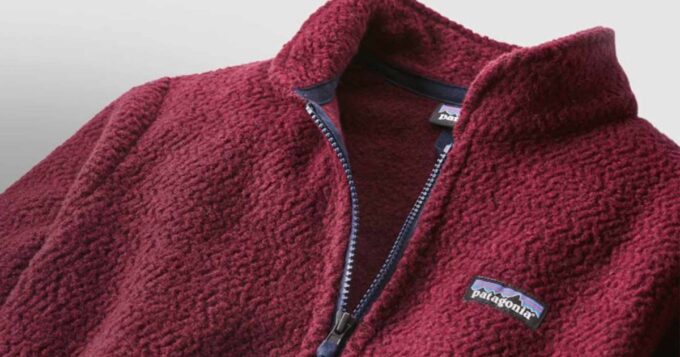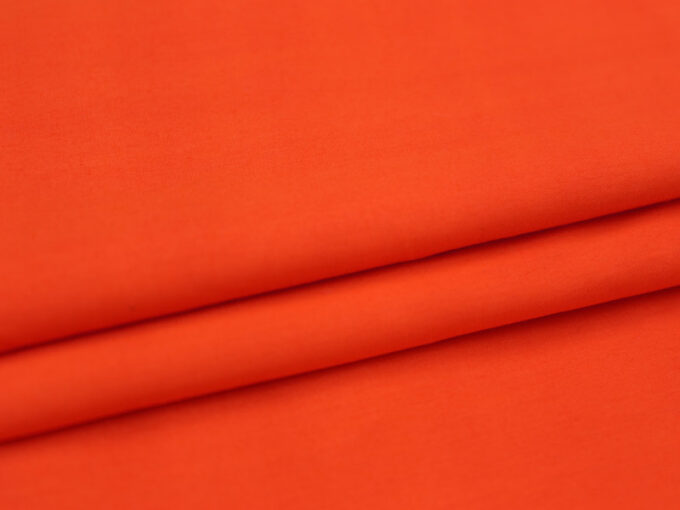If you’re looking to start selling kids’ hoodies in your store, you may not know where to begin. However, there is no shortage of colors, styles, and material choices.
Luckily, knowing the different materials available for kids’ hoodies and the benefits and drawbacks of each, you can find quality and comfortable options to sell in your store.
Kids’ Hoodie Material Considerations
When choosing materials for kids’ hoodies, you should prioritize a few things.
Comfort
There’s nothing worse for a kid than running around outside and worrying about their hoodie being itchy. It interrupts playtime, irritates their sensitive skin, and makes it hard to focus on having fun.
If clothes aren’t comfortable, kids aren’t going to want to wear them. Plain and simple. Prioritize materials that are comfortable and soft — not itchy and distracting.
Breathability
Just as kids don’t want to worry about a scratchy sweatshirt, they also don’t want to worry about one that makes them hot and sweaty. Instead, they need something breathable as they run around the playground at recess with their friends.
Look for hoodies made with breathable materials, including lots of natural cotton fibers.
Durability

The last thing parents want to worry about is a sweatshirt that rips at the seams the first time they wash it or the first time their kid wears it outside and has a slight tumble.
Find materials that hold up to the daily wear and tear that comes with children’s natural exploration of the world.
Kids’ Hoodie Material Types
Here are some of the best materials available for kids’ hoodies. There are two categories you’ll need to know: natural and synthetic.
Natural fibers: As the name suggests, fibers occur naturally in nature — like cotton and wool. They’re typically more breathable and comfortable.
Synthetic fibers: Manufactured fibers like polyester, nylon, and rayon are often better at insulating than some natural fibers and are more durable.
Cotton
Cotton is a tried and true classic fabric. Known for its breathability, movability, and softness, this natural fiber can be made in just about any color and shape garment you can imagine.
However, not all cotton is created equal. C.O.E. cotton, for example, is cheaply produced. When searching for wholesale kids’ hoodies, look specifically for combed and ring-spun cotton, like the ones from Bella Canvas. These are softer and will wear better over time, making kids and their parents happier.
Polyester

Polyester is a lightweight, wrinkle-resistant, quick-drying, and durable fabric. As a synthetic fiber, it also retains heat, making it a great versatile material to use in a wide variety of articles of clothing. However, one issue with polyester is that it is a synthetic fiber and not very breathable.
To solve the issue of breathability, look for a blend of cotton and polyester, combining the breathability and comfort of cotton with the lightweight, insulating benefits of polyester. Cotton-polyester blends are great quality fabrics to search for in kids’ hoodies.
Jersey Knit
Originally made from wool, jersey knit is now typically made from cotton or cotton blended with other materials.
Jersey knit is not so much a specific material as it is a method of making it. It is composed of a single knit that allows for comfort and breathability in the fabric.
This fabric can be a great cozy, soft material for kids’ sweatshirts.
Nylon
Nylon is a synthetic, tough, durable, and flexible fabric, making the material seem like it’d be ideal for a kids’ hoodie, right?
While these may all seem like great perks, nylon is not very breathable and does not absorb moisture very well when used independently. Therefore, it can very quickly become hot and irritable for kids.

However, when combined with cotton or more breathable material, it can add a bit of durability to kids’ hoodies.
Wool
Especially if you want to sell warmer hoodies, wool is great to use in clothing.
However, it’s important to remember that some kids with sensitive skin may become irritated or get hot running around if the fabric is 100% wool or contains a large portion. So if you’re going to use wool in kids’ hoodies, it may be best to look for a blend that has a more significant amount of cotton than wool — like 95% cotton and 5% wool.
This blend allows you to get many of the same benefits that wool fabric provides without some discomfort little ones may feel with an all-wool hoodie.
Fleece
Fleece is a soft, cozy feel on the skin, usually made of different materials.

This fleece blend can include the following:
- Cotton
- Nylon
- Polyester
- Spandex
- Wool
Because it’s composed of a blend of fibers, fleece can be a great comfortable, breathable, yet warm material for sweatshirts. But first, source the chosen fleece from a company that uses quality material blends to ensure it wears over time.
For example, if you find a company that manufactures fleece hoodies with a cotton-poly blend, ensure they use ring-spun and combed cotton over C.O.E. Also, look for a higher ratio of cotton — ideally more than 50%, meaning the garment is usually a bit higher quality and more breathable than those made primarily of polyester or another synthetic fiber.
Blends
Just as fleece consists of multiple materials, any number of blended fabrics can comprise hoodies.
As mentioned, blending different fabrics is a great way to capitalize on the benefits of other materials. First, however, paying attention to the specific fabric composition is essential.
Hoodies made primarily of rayon, acrylic, and other cheaper synthetic fibers may be itchy or too hot for kids. Or, they may pill and wear out quickly.

Instead, lean for those made with a higher percentage of natural fiber first, like cotton. Therefore, ensuring the breathability and comfort of the cotton while getting the warmth of the polyester, wool, or other material included in the blend.









